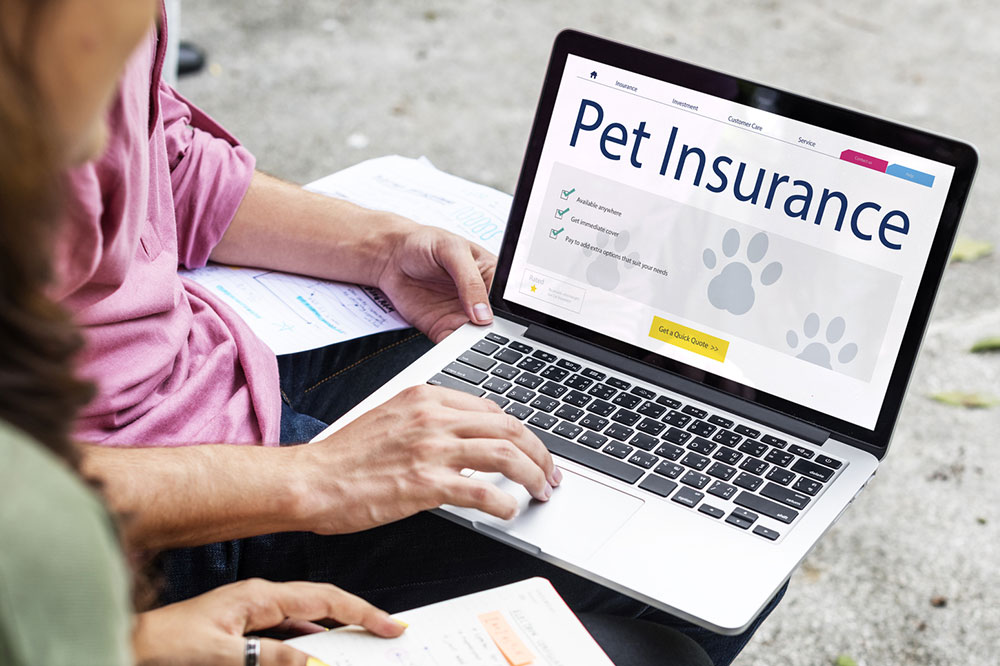Comprehensive Guide to Pet Insurance Costs and Expenses
This comprehensive guide explores the costs and factors influencing pet insurance, helping owners choose suitable coverage for their pets. It covers average premiums, coverage essentials, additional expenses, discounts, and key cost-influencing factors, providing valuable insights for responsible pet ownership and financial planning in veterinary care.

Comprehensive Guide to Pet Insurance Costs and Expenses
Pet ownership brings immense joy, companionship, and responsibility. One crucial aspect that many pet owners overlook until it’s too late is the importance of pet insurance. With the rising costs of veterinary care, especially for emergencies or chronic illnesses, understanding the expenses associated with pet coverage becomes vital. This detailed guide explores the typical costs of pet insurance, factors influencing these costs, and how to choose an appropriate plan to safeguard your furry friend's health without breaking the bank.
The Average Costs of Pet Insurance
Monthly premiums for cat insurance generally range from approximately $15 to $18, although this can vary based on your cat's age, breed, and health history.
For dogs, the average monthly premium typically falls between $22 and $28, with additional variables such as breed susceptibility, age, and size influencing the price.
Most insurance providers offer at least two tiers of coverage: a basic plan that covers essential health needs and a more comprehensive premium plan that includes extensive coverage for serious illnesses and accidents.
Coverage Essentials and What to Expect
Pet insurance plans typically cover a broad spectrum of health issues including accidents, illnesses, chronic conditions, and sometimes preventative care, up to preset annual or per-condition limits. Common health problems covered include diabetes, cancer treatments, pancreatitis, fracture repairs, and intestinal blockages.
In most cases, pet owners are responsible for paying veterinary bills upfront. Claims are then submitted to the insurance provider for reimbursement, usually within 30 days, making it essential to keep detailed records of all vet visits and expenses.
Additional Expenses and Cost Considerations
Beyond basic premiums, pet insurance policies often include deductibles, which can start at $50 or higher, and co-payments ranging from 10% to 50% of the veterinary bill.
Pre-existing conditions or congenital issues such as hip dysplasia are frequently excluded from coverage, meaning owners may have to cover related costs out of pocket.
Some insurers also offer riders or add-ons that cover routine and preventive care, including annual check-ups, vaccinations, dental cleanings, and medications, typically costing an extra $8 to $10 per month.
Ways to Save on Pet Insurance
Group discounts are commonly available through employer-sponsored pet insurance programs, reducing premiums for employees' pets.
Many insurance providers offer multi-pet discounts—typically between 5% and 10%—when insuring multiple animals within the same household.
Factors That Affect the Cost of Pet Insurance
Insurance Provider: Different companies have unique methods for calculating premiums based on their risk assessment models. Shopping around and comparing quotes is essential to find the best coverage for your budget.
Location: Geographic region greatly influences veterinary costs, which in turn impacts premium prices. Urban areas or regions with higher vet service rates generally lead to higher insurance premiums.
Deductible: Choosing a higher deductible reduces your monthly premium but increases your out-of-pocket expense during claims. Conversely, lower deductibles cost more per month but reduce your immediate expenses at the time of treatment.
Reimbursement Rate: The percentage of veterinary bills reimbursed by the insurer affects your overall costs. For example, an 80% reimbursement rate means you cover 20% of the expenses, influencing how much you pay out of pocket.
Ultimately, understanding these various factors and costs associated with pet insurance helps owners make informed decisions that balance comprehensive coverage with affordability. Investing in a good pet insurance plan can provide peace of mind, ensuring your pet receives prompt and high-quality medical attention without financial strain.




